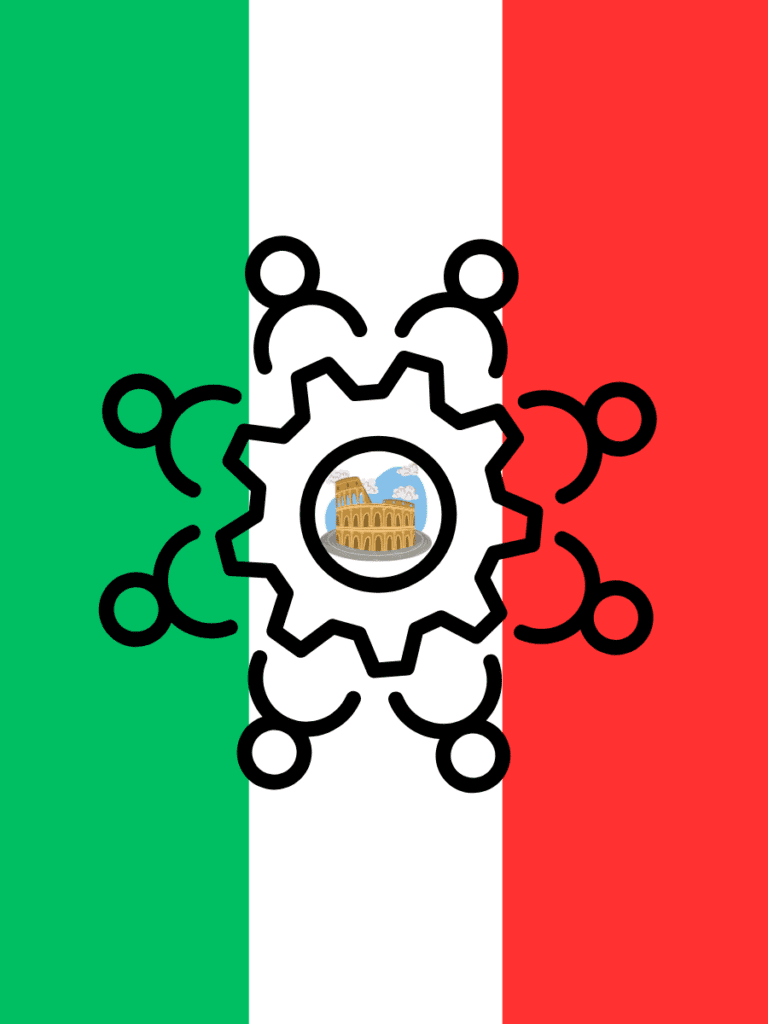Introduction
Italy has a rich cultural heritage and a legacy of innovative contributions. Its IP law legacy has fostered creativity and driven economic growth. These rights protect patents, trademarks, designs, geographical indications, and plant varieties. Organizations like the Italian Society of Authors and Publishers play a vital role in managing copyright and related rights. Italy also ensures its laws harmonize with broader European standards, enabling cross-border protection and enforcement.
History
Italy was among the first countries to codify patent protection through the Venetian Patent Statute of 1474, enacted by the Republic of Venice. This law marked a major shift, recognizing artistic and scientific advancements during the 14th and 15th centuries. As the world’s first formal patent law, it laid the foundation for modern IP systems. The statute allowed inventors of new and ingenious devices to apply for patents. Once granted, inventors held exclusive rights for ten years, blocking others from using or reproducing their creations without consent. This legal innovation safeguarded creators and encouraged sustained innovation.
The protection is for the best of safeguarding inventors’ knowledge and creation by ensuring their techniques and designs remain prevented from piracy; this primary focus is ensuring quality and controlling the competition.
IP Law Legacy
The evolution enriched and showcased the nation’s cultural heritage and secured its creativity and innovation from Venetian Patent Statute of 1474 to contemporary legal frameworks.
- Efforts of 19th Century:
During the period, Italy began to consolidate its intellectual property rights from the previous laws and other international laws and framed legislation for the Unified country.
Before unified law, different regions of the nation were regulated by laws according to their concerns of patent laws and copyright laws. There was a need for a national framework of law for intellectual property to be evident in the innovation and cultural exchange across the country.
International Extraction: Paris Convention for the Protection of Industrial Property (1883):
- Italy was the original signatory of the Paris Convention, which supported and established the protection and rights of industrial properties. The main principle of the convention was to introduce national treatment, from which the opportunity must be given for creators across the globe, and it must be appreciated with benefits and from the point of encouraging creativity. It prioritises the rights of the invention and enjoys ownership, facilitating international cooperation and ensuring protection.
- Berne Convention for the Protection of Literary and Artistic Works (1886):Italy is also a part of the Berne Convention, which aims to protect the author’s rights over their literary and artistic works to appreciate their creativity. This emphasized the automatic protection of creative works without formal registration and introduced the concept of its country of origin for the law’s applicability. Provisions from the Conventions are safeguarding intellectual property rights.
- Efforts during 20th Century:
During the 20th century, Italy codified IP laws according to modernization, imposed various provisions related to intellectual property in the Civil Code of 1942 and gave importance to Intellectual Property rights in the national legal framework.
After World War II, Italy raised technological advancements in international standards, which necessitated the evolution of IP rights. Italy is a member of the World Intellectual Property Organization (WIPO). It has participated in several international IP treaties. The country has revised its IP laws to align with global standards. Its involvement in the European Union has influenced these legal updates. National legislation now complies with broader European IP frameworks.
They enacted Law No. 633, in 1941, which protected literary and artistic works and granted moral rights to authors. This amendment enforces the law by framing authors’ rights and the duration for protection of copyrights, allowing them to protect from modification of their work, which could harm the author’s reputation.
21st Century: Ongoing Efforts
Italy continued adapting in imposing the laws for intellectual property to its broader view of opportunities for the creators and their protection in all possible aspects. IIn 2001, Italy transferred patent rights for professors’ research from the individual creators to their universities. This aimed to enhance technological development and promote further research based on the outcomes. Italy has tried to preserve its vast cultural heritage and historical creations and has framed its IP laws accordingly to support the effort.
The Galleria dell’Accademia in Florence houses Michelangelo’s iconic sculpture, David. The museum took legal action to stop unauthorized commercial use of the sculpture’s image. It targeted companies that used the image for profit without permission. The institution argued that such use distorted and disrespected the dignity of the artwork. In response to the digital age, Italy updated its copyright laws to address online content issues.
Judiciary participation
- Protection of Design Works – addressed by the Supreme Court of Italy (Civil Section): Criteria for originality and individual character for design protection created an impression on users compared to prior designs. It also emphasized that aesthetic and technical functions are sufficient. Strengthen the legal frame for fashion, automotive, and furniture design industries.
- Apple Inc. v. Samsung Electronics (2009): Apple accused Samsung of patent infringement and unfair competition involving smartphones and tablets. The case applied both national and EU IP laws focused on technology and design. It marked a key moment in shaping Italy’s IP law, highlighting the role of cross-border patent litigation in Europe.
- Titus Donner Case (2012) :This ruling affects Italy and other EU countries. It clarifies jurisdiction in IP violations and cross-border sales of infringing goods. The case involved unauthorized online sales of furniture designs from Germany to Italy. The EU confirmed Italy’s right to claim jurisdiction, even without the act occurring there. This decision strengthens IP enforcement and cross-border digital protection.
Reference
- Industrial Property Code of Italy, https://les-italy.org/wp-content/uploads/2018/03/LES-ITALIA_OK.pdf
- European Commission – Intellectual Property in Italy.
- World Intellectual Property Organization – Italy, https://www.wipo.int/directory/en/details.jsp?country_code=IT
- Cassazione Civile No. 17090/2015 (Design Protection Case).
- Tribunale di Milano, 2009 – Apple Inc. v. Samsung Electronics.
- CJEU Case C-5/11 – Donner Case.







